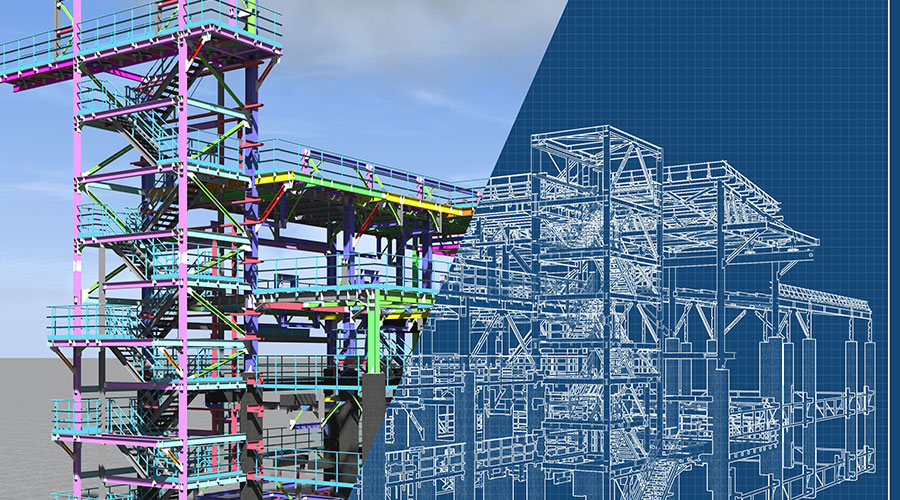Going Mobile With CMMS Offers Many Benefits
Part four of a 4-part article on the benefits of mobile CMMS
Despite the challenges of going mobile, managers point to a series of tangible benefits that can make the process worthwhile for departments. For White, the ability of mobile technology to quickly gather, store and allow access to data from technicians’ work orders has proven valuable.
“One goal was to raise our customer awareness of us and their satisfaction,” he says. “People always said, ‘We don’t know when (a project) is done, we don’t know when it’s going to get done, and we don’t always know how much it costs.’ But with the mobile (CMMS), people get immediate feedback that says, ‘The job is finished.’
“They also get a message from the system that says what actually happened, and that wasn’t happening before. And on the administrative side, we probably have $5,000-$7,000 less in data-entry time on the back end.”
Western Michigan also has seen the benefits of improved communication.
“We handle an average of 35,000-40,000 work orders per year, including service calls and preventive maintenance,” Sankey says. “There were a huge number of work orders going out, and they all had to come back to be closed. We weren’t allowing the trades to close their work orders. The backlog meant work orders sometimes weren’t closed for 48-72 hours. In that time, (a customer) did not know its status. So if technicians went to iPads and entered comments, it was immediately updated as soon as they walked into an area with wireless coverage and it synced up.”
For Flores, the issue of rapid information transfer has focused on providing technicians with crucial information.
“We have seen a decrease in the amount of time it takes to assign work to an individual,” he says. “Information about the maintenance tasks is transmitted directly to the technician’s device, eliminating the need to return to the shop for detailed instructions. We’ve also experienced a reduction in the amount of time it takes to record work results. The manual methods required documentation by the technician to be rekeyed by the work control department into the CMMS system. With the iPads, the technicians record their work progress directly on the device, which is automatically uploaded to the main system.”
For many departments that have taken the plunge into mobile CMMS addressed initial challenges and concerns, the future involves trying to determine the best ways to maximize the organization’s investment by making the system more useful for users.
“My challenge now is to find out how much more I can do with the iPads,” Sankey says. “So I go around to the shops and ask, ‘What do you need loaded onto the iPad?’ It would be nice to start attaching pictures to the work orders. I’d like to see that happen.”
Find out what CMMS developers have to say about the benefits and challenges of implementing mobile CMMS software, as well as a list of vendors of computerized maintenance management system software.
Related Topics:















